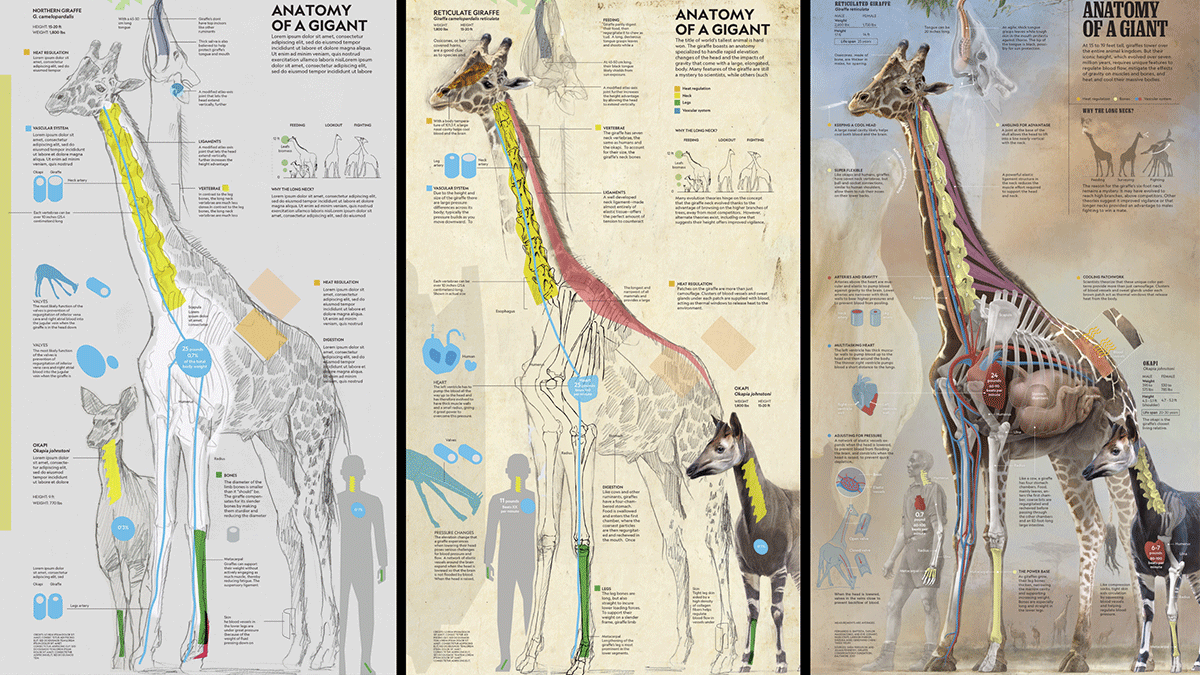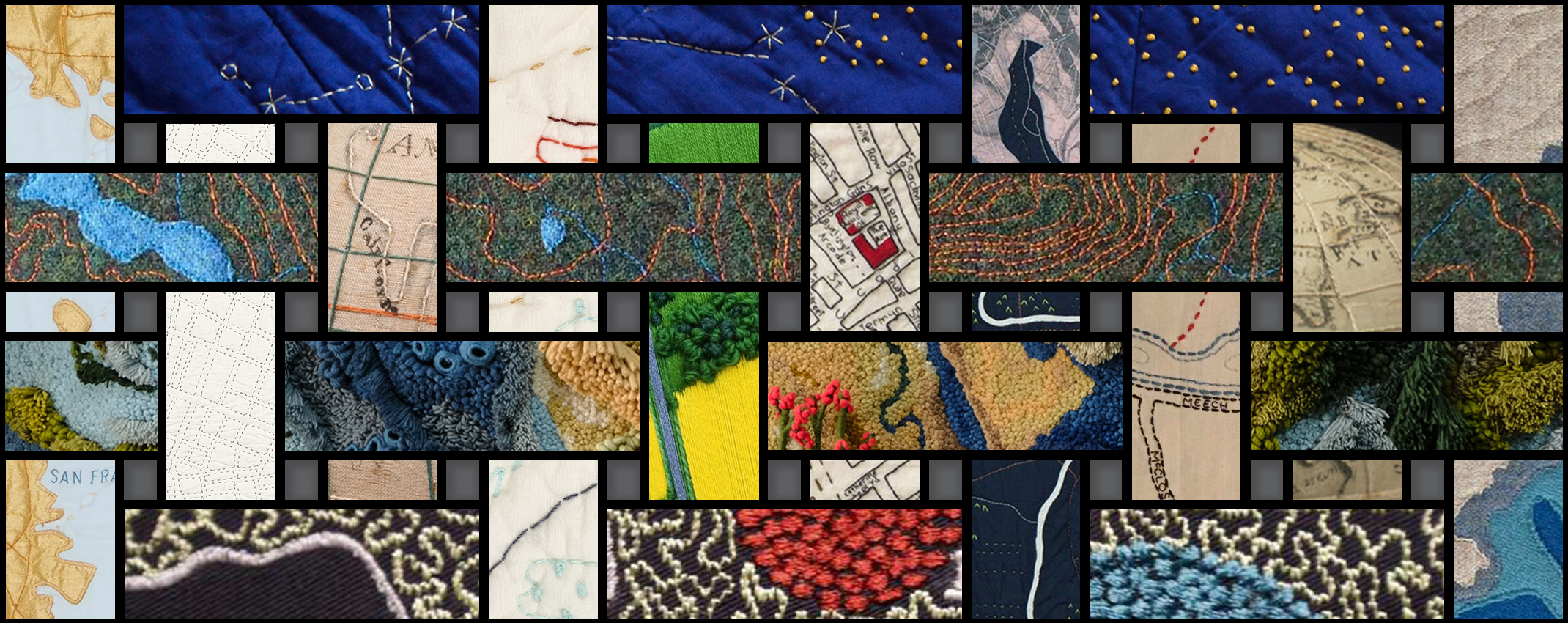
Couture Cartography
These hand-stitched maps will fill you with joy.
Couture's original French meaning is "to sew together." Haute couture ("high sewing") fashion is constructed by hand from start to finish. It is made from high-quality fabrics sewn with extreme attention to detail and finished by the most talented sewers using time-consuming, hand-executed techniques.
Today, from art galleries to Instagram, you can salivate over beautiful hand-stitched maps. They are often one-of-a-kind. Each is rich with their maker's imagination and conveys an enormous dedication of craft. Here are all the couture cartographers who inspire me with wonder and joy.
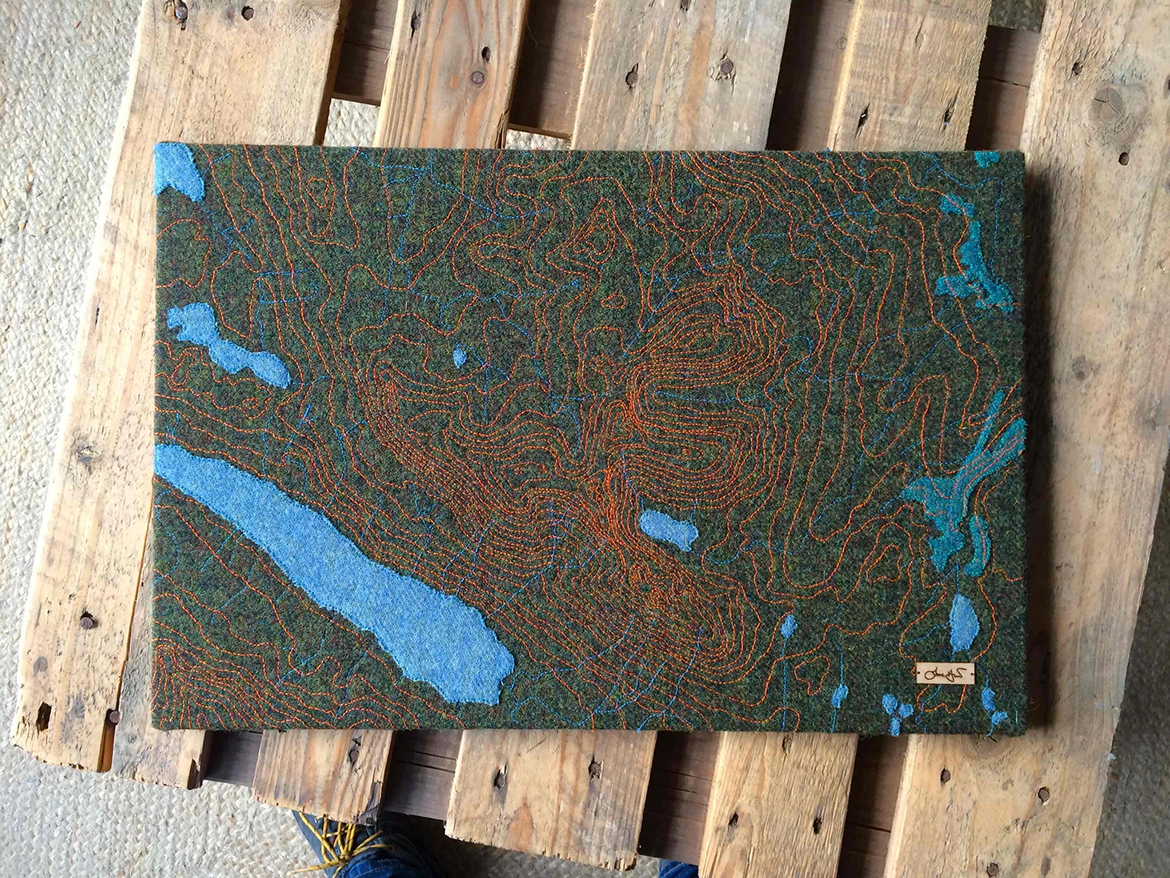
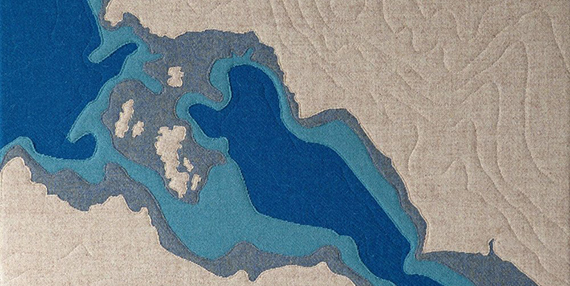

JANE HUNTER is a visual artist who works out of a former textiles mill in Paisley, Scotland. "Through my work I aim to start conversations about place and challenge viewers ideas, to encourage people to look at their surroundings and society from a different perspective, ask questions, develop a deeper connection and foster a sense of stewardship." Website | Instagram

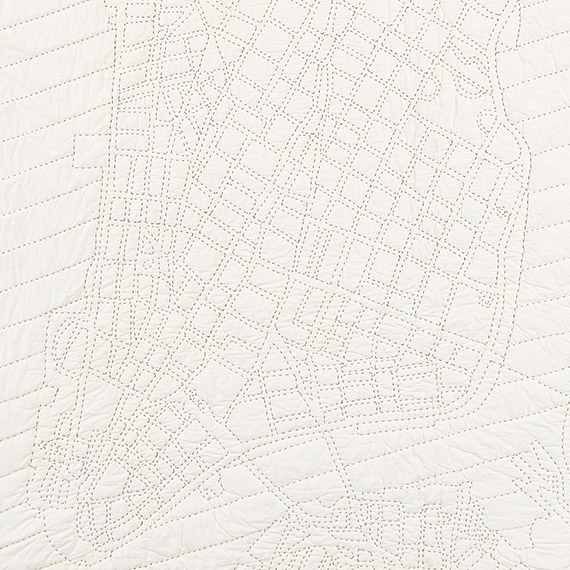
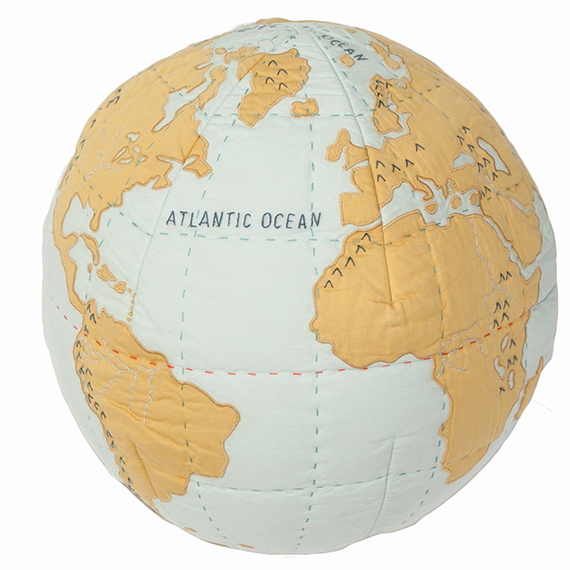
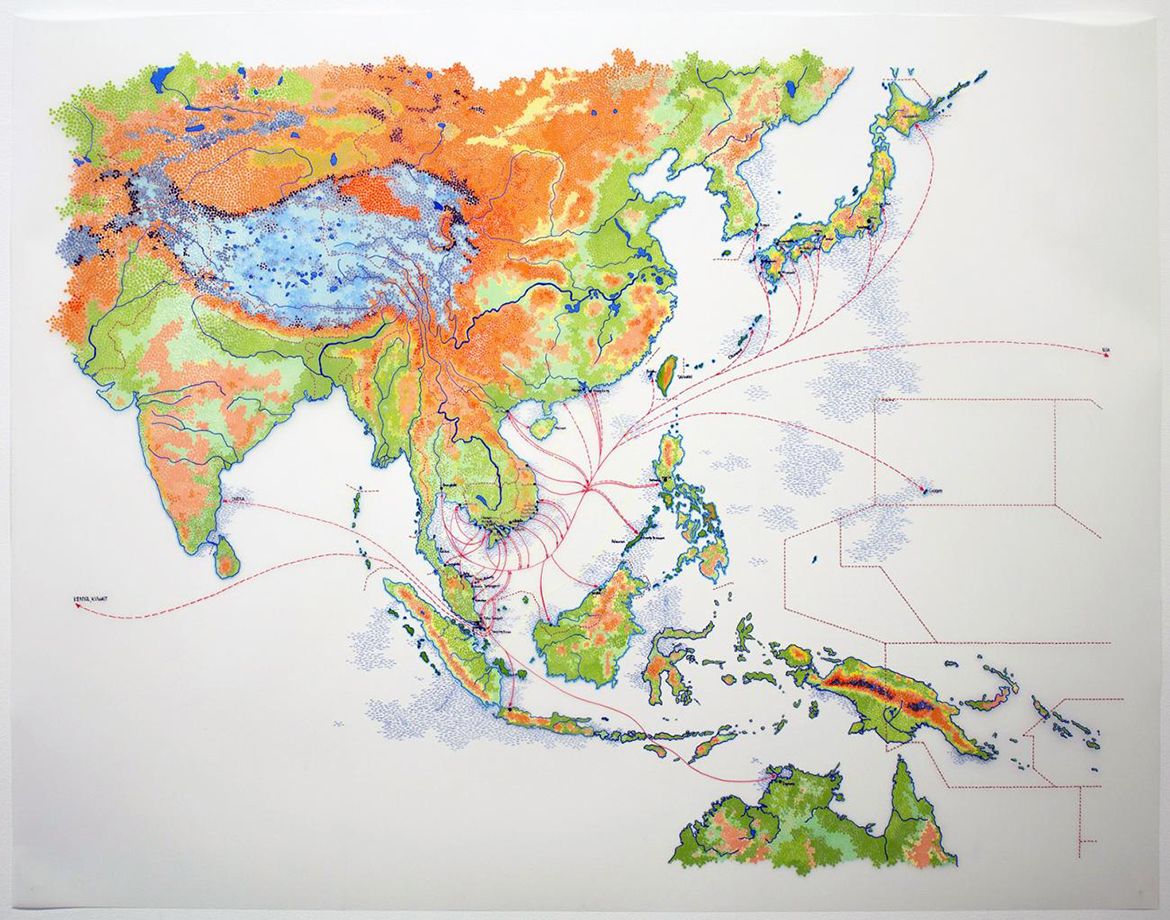
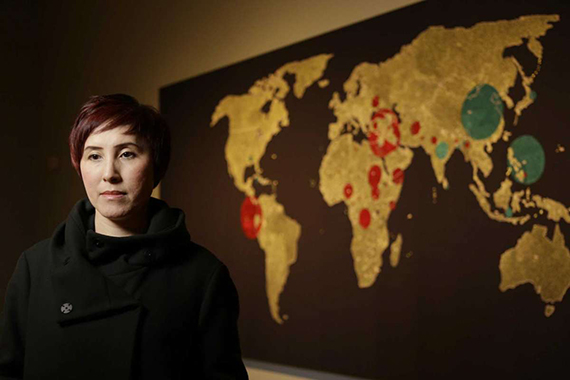
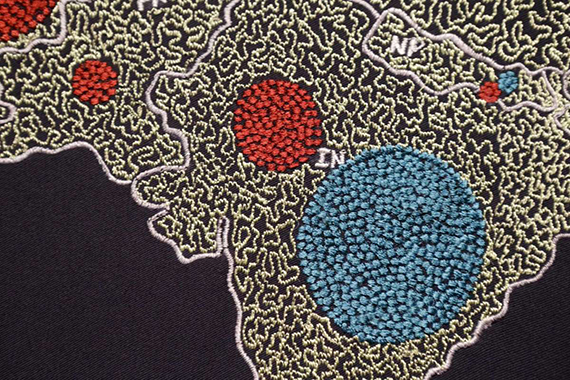
TIFFANY CHUNG is a multimedia artist based in Ho Chi Minh City, Vietnam. Chung is known for work that explores migration, conflict, and shifting geographies in the wake of political and natural upheavals. Wikipedia | Smithsonian | Houston Chronicle

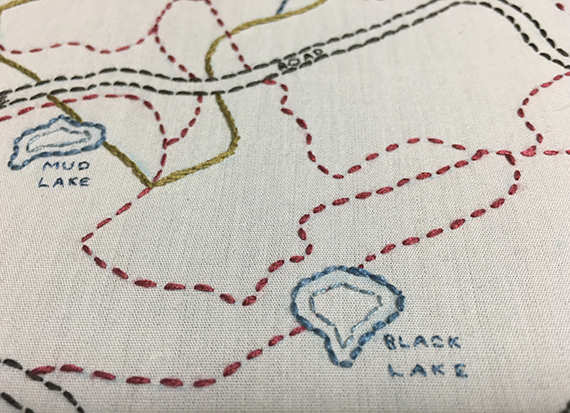

EDIE PUNT is a trained cartographer, product engineer, and writer for GIS software company Esri. Punt recently completed her first embroidered map, a re-creation of a 1940s map showing the cross country ski trails first laid out by the Ottawa Ski Club. Book | Twitter
Punt shared some background on her adventure into embroidered cartography:
This ski trails map is really the first time I mixed fiber arts and cartography together, but it was really fun. It took me about 10 months from start to finish, but that’s because I have a family that includes two active kids, and a full-time job. So I fit stitching in only in free moments. All the colored thread on the map is pure silk... the backing fabric is standard cotton muslin. The biggest design choices were in what to include (it was too detailed to include everything, especially all the text), what colors to apply (the original is monochrome), what stitch pattern to use (i.e. running stitch which is like a cartographic dash, or back stitch which is more of a solid line).
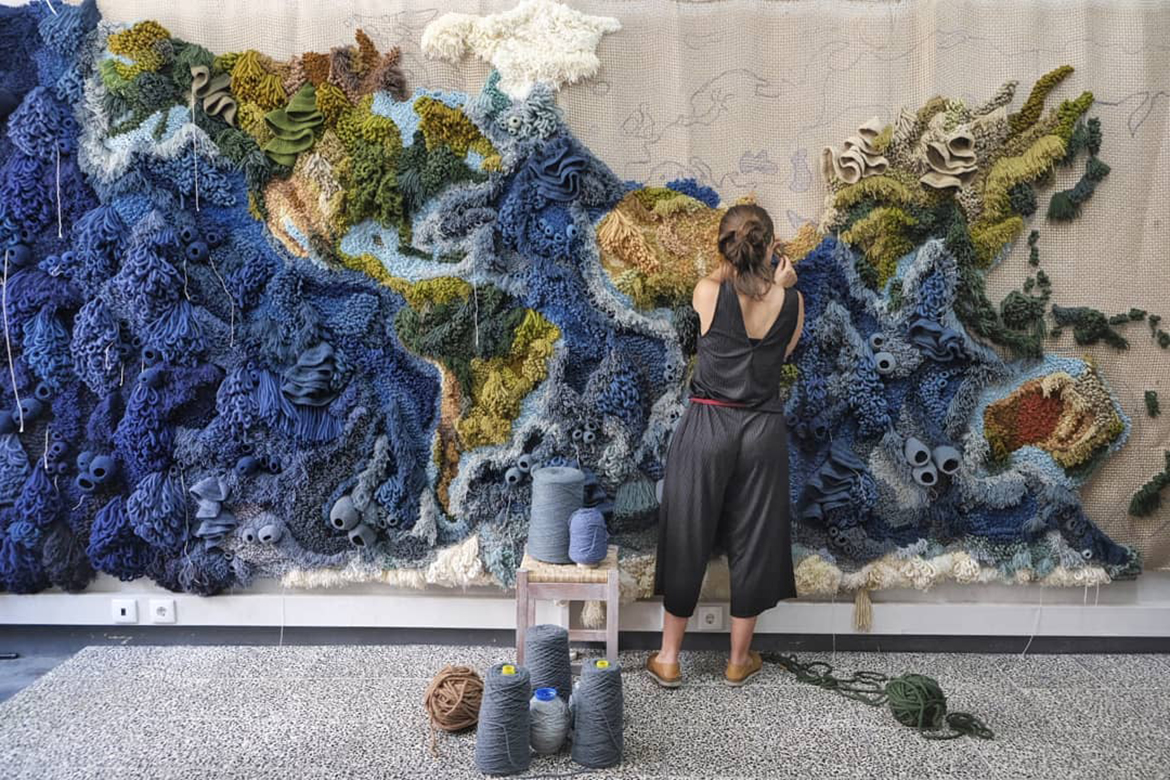
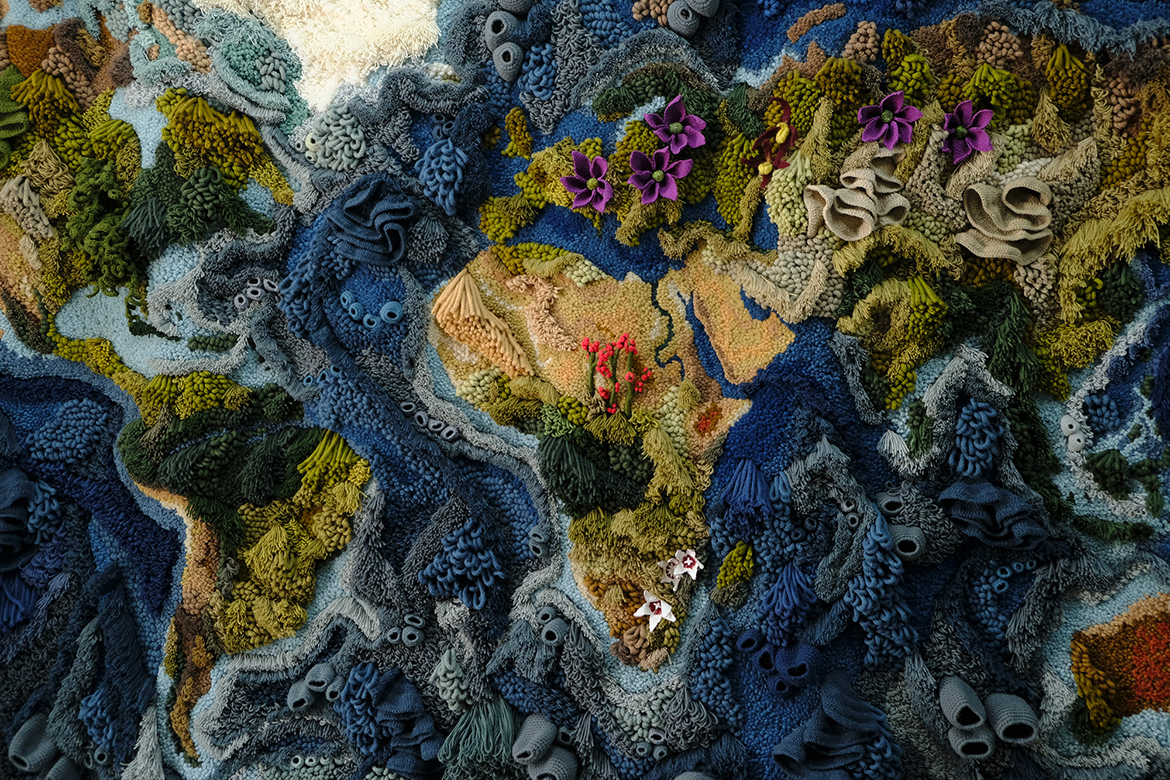
VANESSA BARRAGÃO is a textile artist known for her sculptural carpets and tapestries. Barragão's iconic coral reef designs are inspired by her seaside childhood in Portugal. Barragão's team operates from a design studio in Porto. Website | Instagram | Colossal on 20-foot World Map
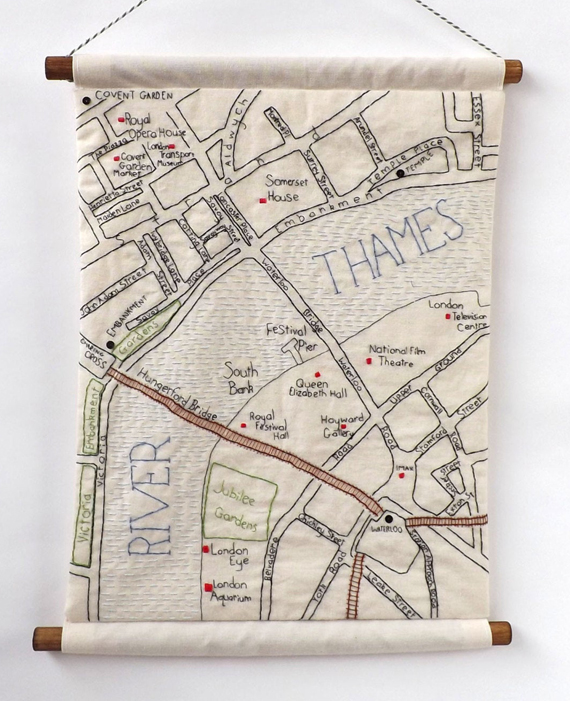

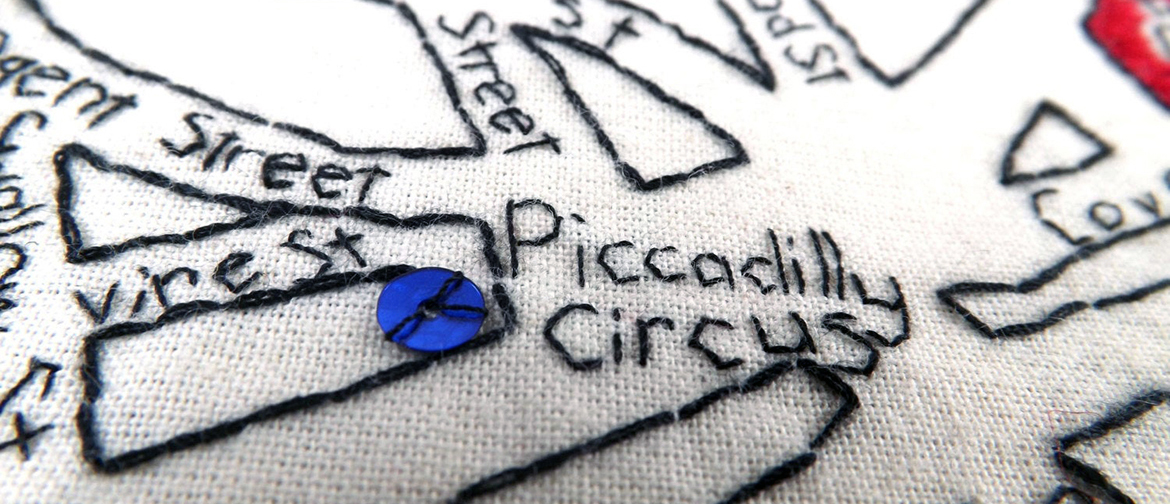
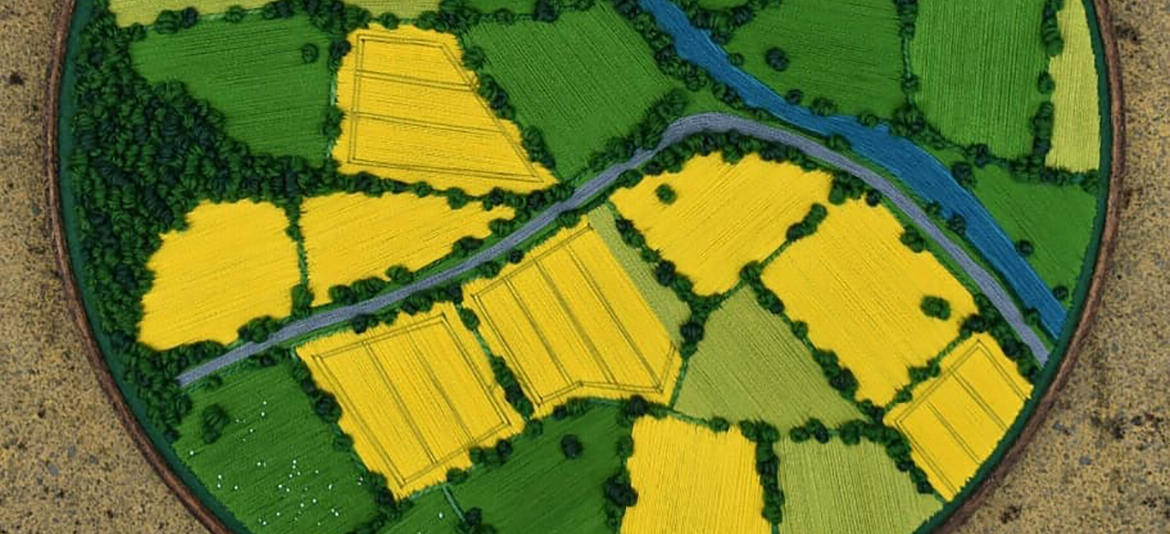
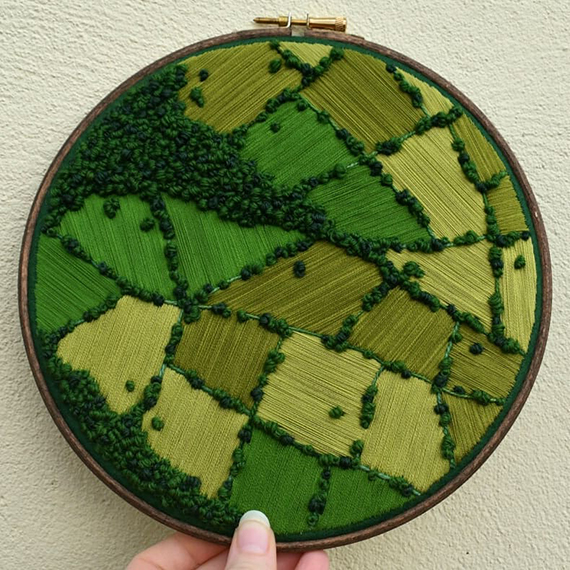

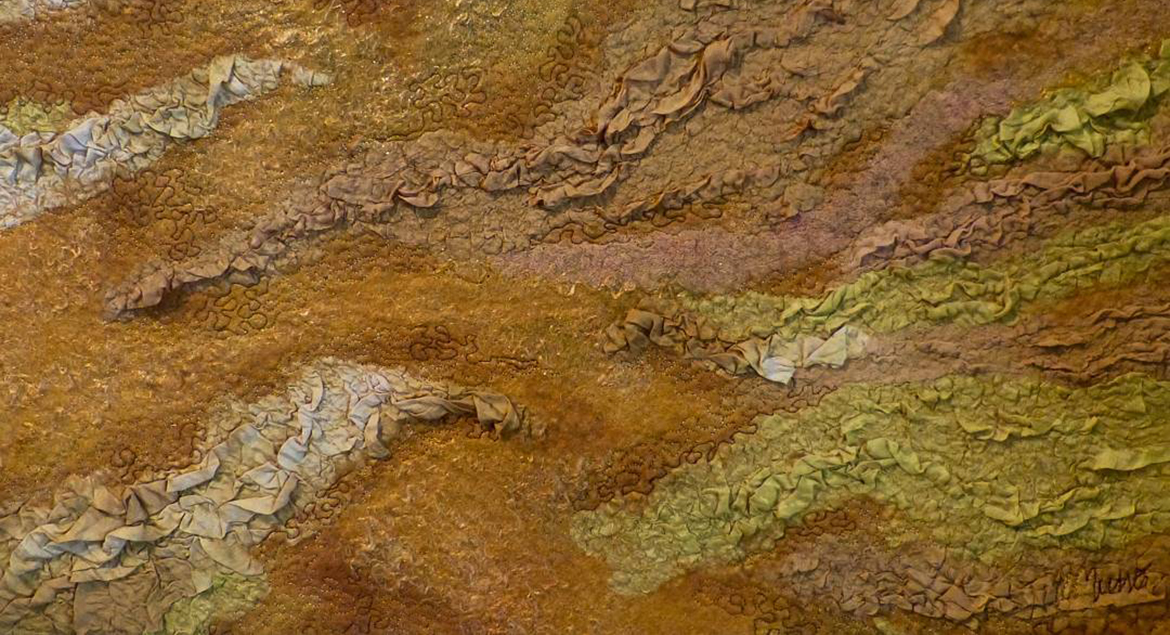
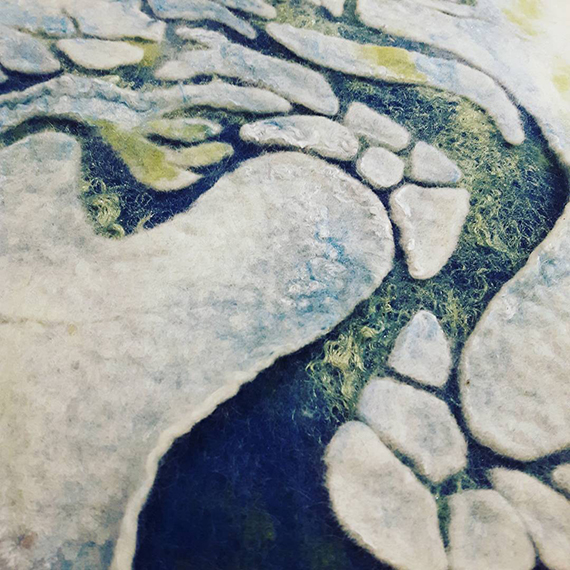

BECCA MUSSO is a Scottish feltmaker based in Fernie, British Columbia. Her fiber art explores the Overview Effect by abstracting views of earth. Instagram | Astronomers Without Borders
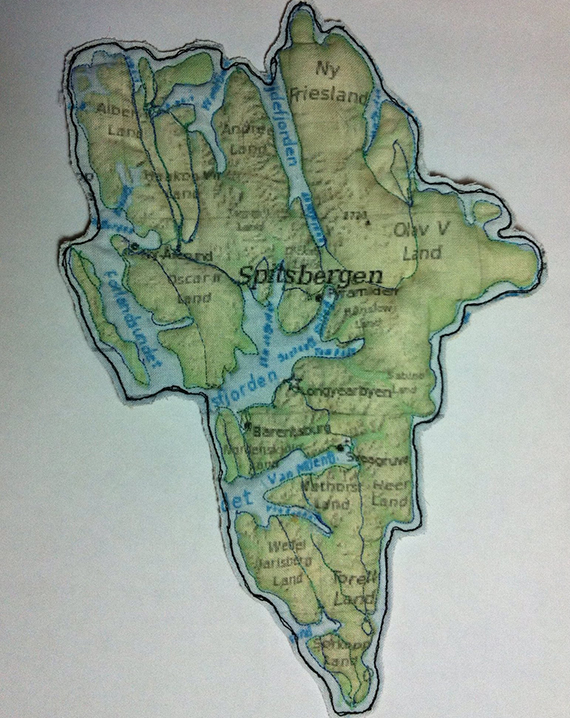
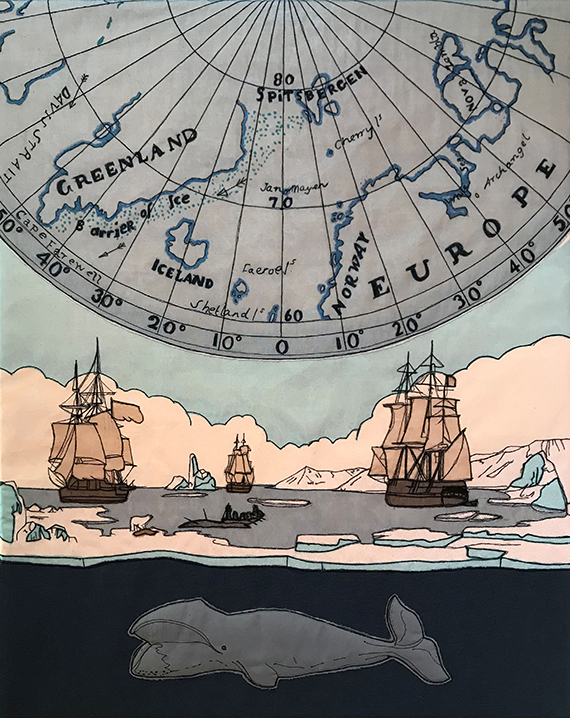
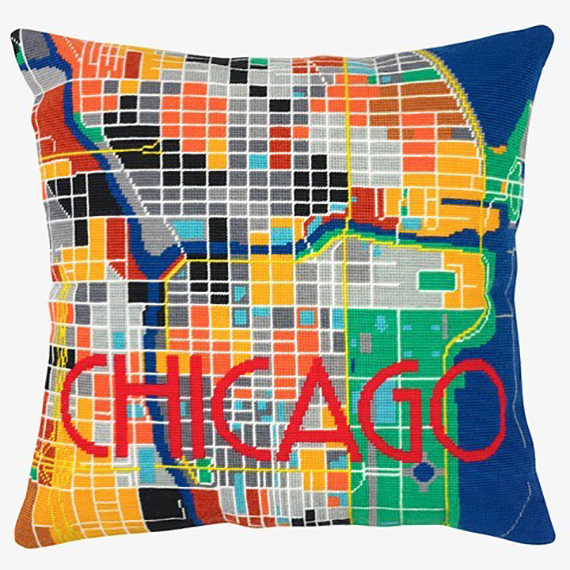
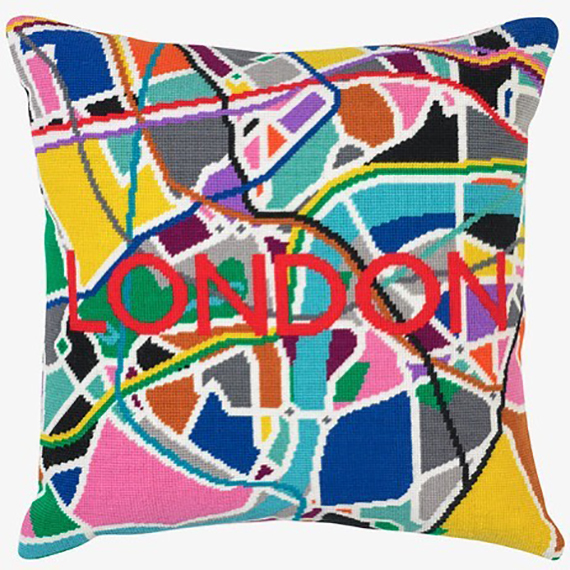
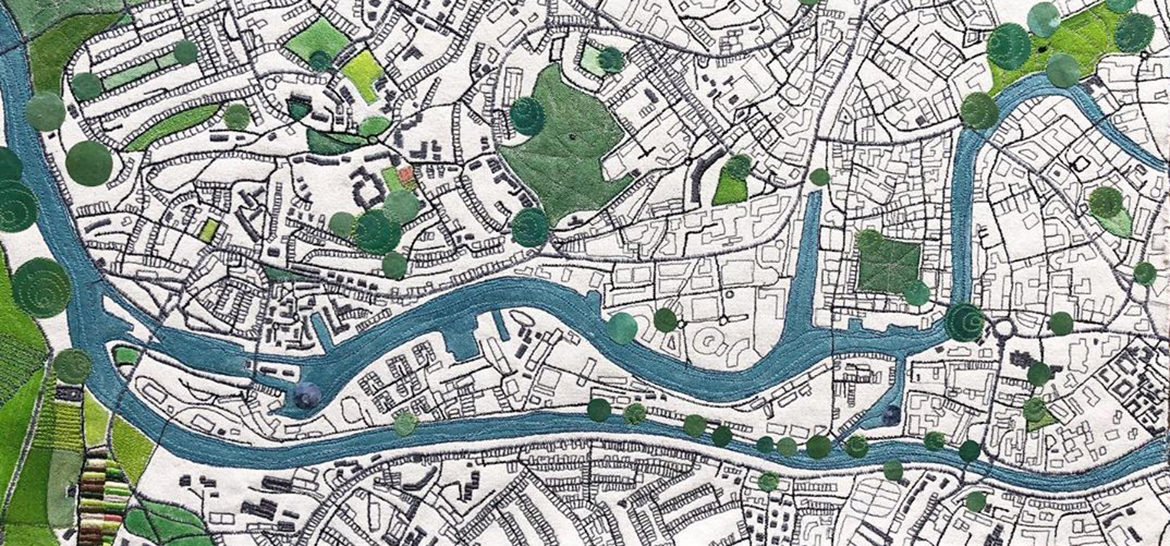
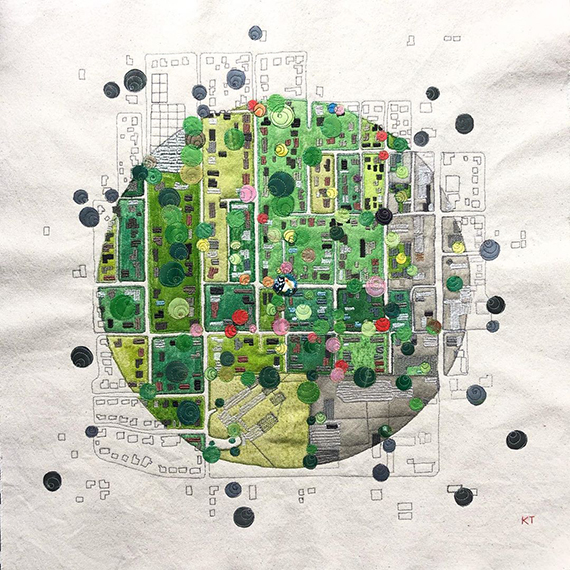
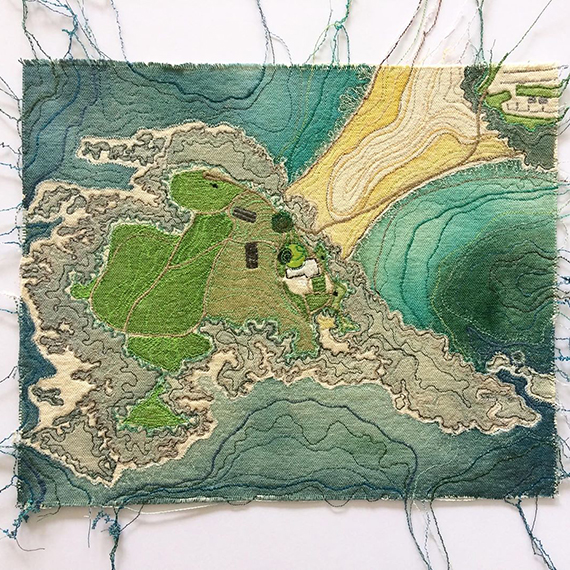
I am eager to meet more couture cartographers and see the wonderful maps they inspire. Until then, see websites linked above for an opportunity to own your own textile map. Many have devoted fans who snatch up whatever new works become available. Some artists take commissions.
Across my research I glimpsed the long history of textile maps. "Sampler Globes", a geographic learning experience from the early 1800s similar to cross-stich samplers, were the most delightful personal discover made. They give special resonance to Emily Fischer's pillow globe, shown above. Below are two very fine historic examples. Learn more about the history of embroidered maps and women's geographical education in Judith Tyner's Stitching the World (Amazon).
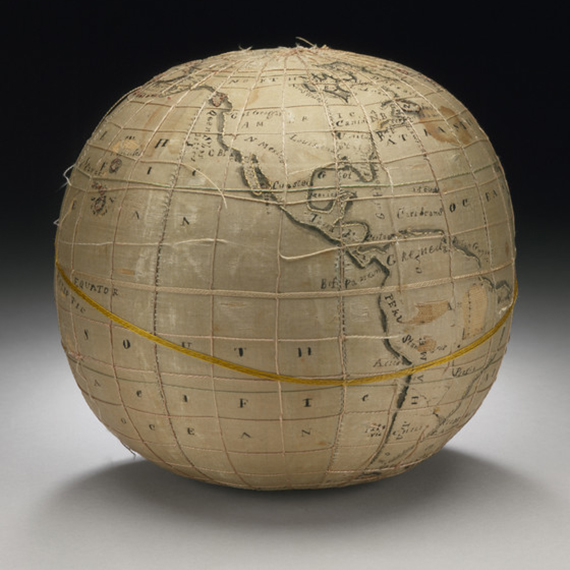
LYDIA SATTERTHWAITE approx. age 14, Pennsylvania, 1817. Silk thread embroidery on painted silk. Circumfrence: 16 3/4 in. Learn more at LACMA.

RUTH WRIGHT (age not known). Pennsylvania, 1815. Silk; Ink; Graphite; Linen. Circumfrence 16 in. Learn more (and see more pictures) at Winterthur.
